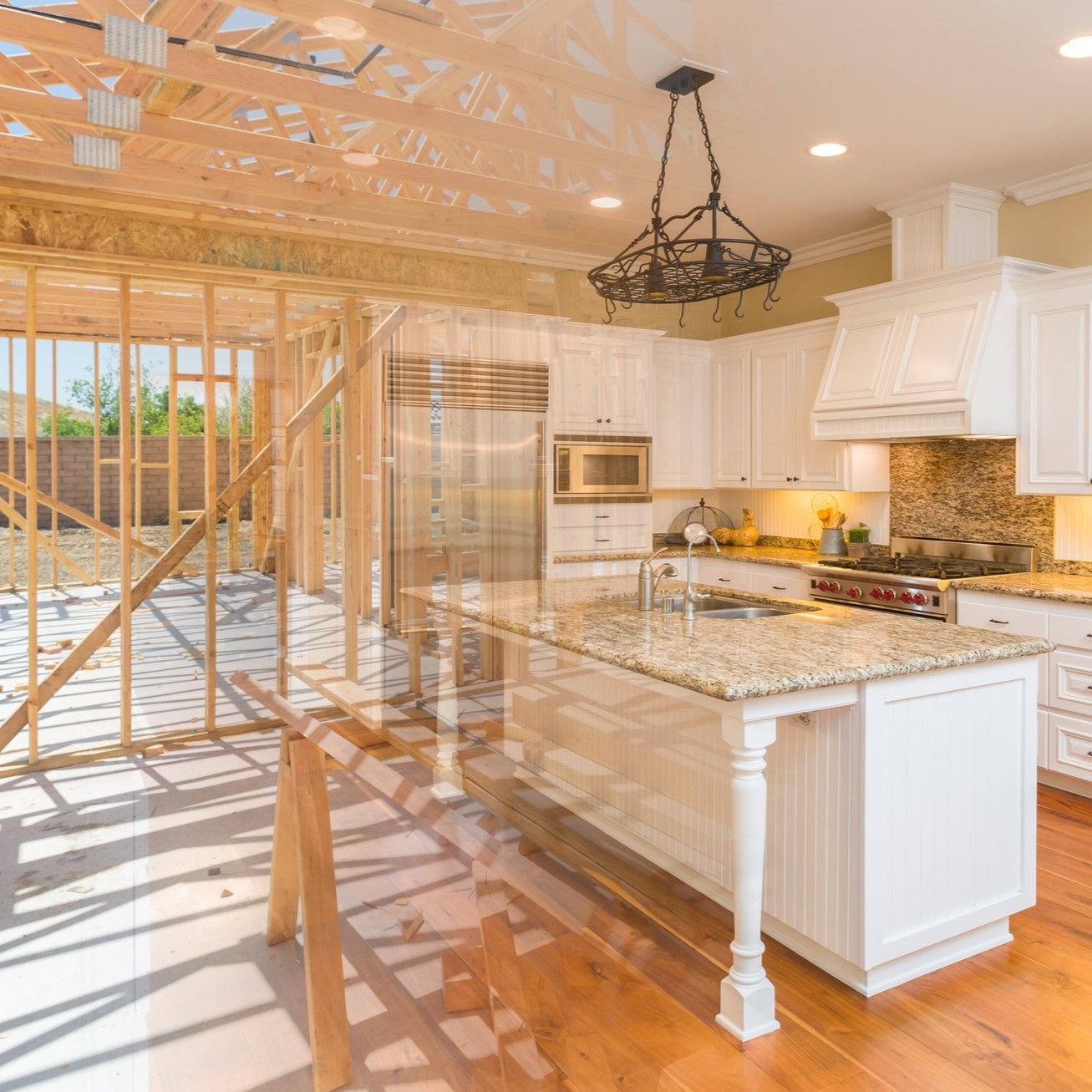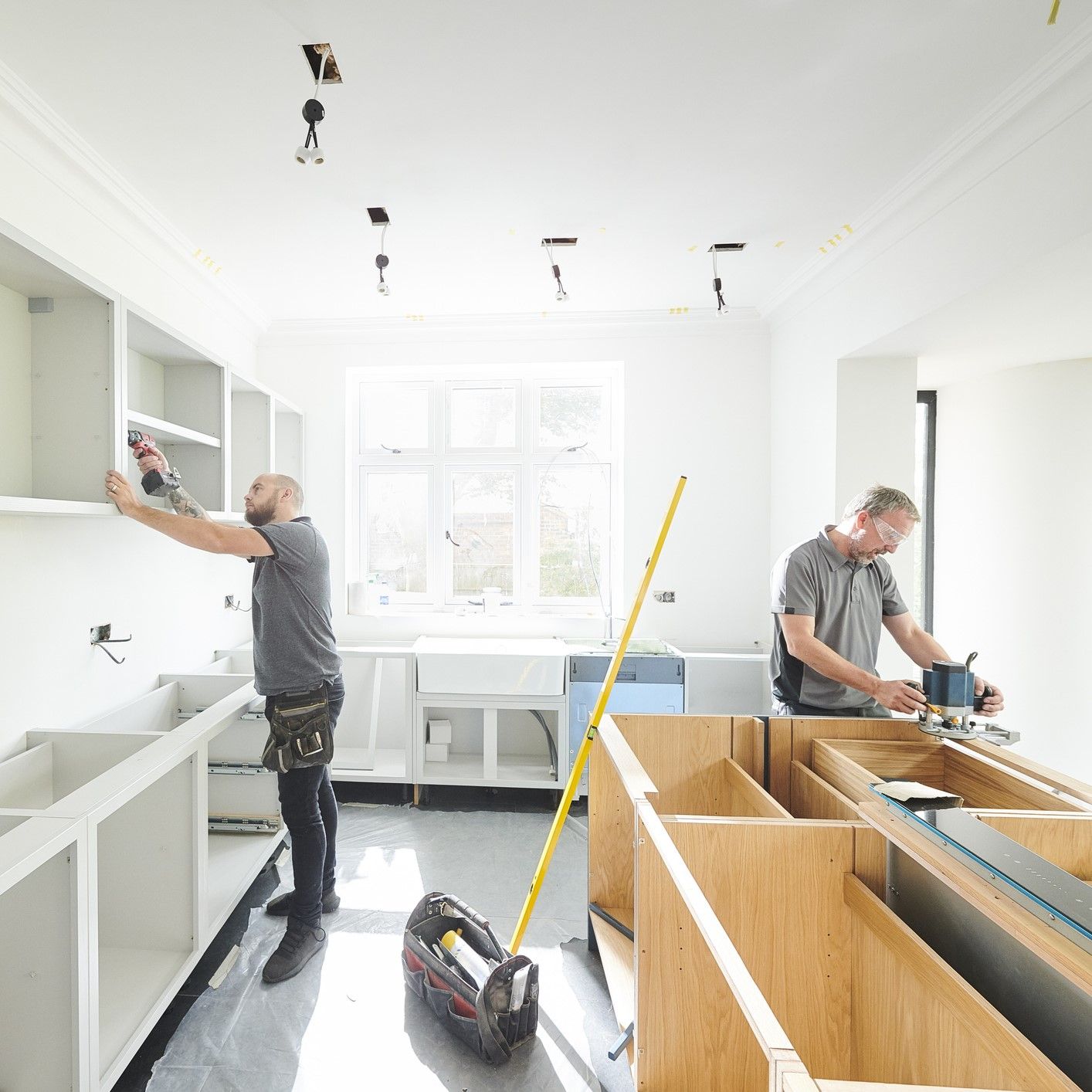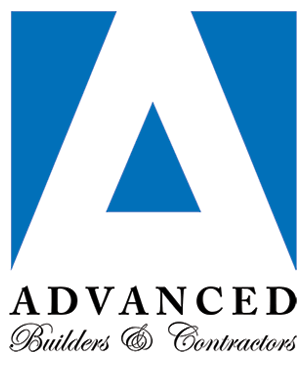Whether it’s a sleek, new kitchen or taking a few walls down for a more open floor plan, home renovations are an exciting venture. However, they can be a costly undertaking, as well.
This work is not cheap, so you may need to think long and hard about how you intend to pay for your remodeling project.
7 Options for Financing Your Home Remodel
Deciding how you’re going to pay for your home renovation is essential for the immediate costs of your projects and long-term financial planning. As such, you may be wondering what courses of action you have in front of you. Here are seven different financing options you may qualify for to pay for your remodeling project.
1. Home Improvement Loan
Home improvement loans are provided by banks, credit unions and online granters. If you don’t have much credit built up and your renovation is somewhat smaller in scope, this may be one possibility for financing your project.
Because home improvement loans are unsecured, you don’t have to use your house as collateral. Likewise, you’ll likely see the money hit your bank account within a day in some instances. However, the turnaround time you have to repay the loan is often shorter.
There are a few other drawbacks to applying for an unsecured home improvement loan. For starters, the interest rates are typically higher than home equity loans or home equity lines of credit (HELOCs). It’s recommended you research various lenders to find the lowest rates.
The amount of money you’ll receive for a home improvement loan is usually not enough for an extensive remodeling project, so this option may be most fitting for a small bathroom remodel.
2. Credit Cards
Credit cards are another way to pay for home remodeling, mainly if your project is small or a simple upgrade. However, there are a few things you should keep in mind.
Many store credit cards are interest-free for the first few months, meaning you may never need to pay interest on a 0% introductory APR card as long as you pay it back before the initial promotion ends. Some credit cards also come with excellent rewards for money spent.
For example, the Lowe’s Advantage Credit Card offers daily 5% discounts on in-store and online purchases, which could be worthwhile if you’re spending a lot of money on lighting, tiles and cabinet improvements.
While there are many perks associated with using a credit card, often, you have a quick repayment window and risk ending up with exceedingly high interest rates. If you use your bank credit card instead of a store credit card, you’ll also have to repay the total amount by the next billing cycle to avoid interest charges.
3. Homeowner’s Insurance
All homeowners should have homeowner’s insurance regardless of whether they carry a mortgage or not. This protects you if your home is damaged in a theft, flood, fire or another weather-related disaster, as well as secures your lender’s financial stake in your property.
If your renovation project is due to damage to your home or property, you may qualify for compensation through homeowner’s insurance . For example, if a windy storm rolled through and a tree toppled over onto your house, homeowner’s insurance may cover roof repairs or replace it entirely.
You can determine how much money your homeowner’s insurance plan will cover for specific damages. Of course, this only kicks in under special instances. Homeowner’s insurance does not cover renovations for your home’s natural wear and tear.
4. Home Equity Line of Credit (HELOC)
A HELOC is a secured loan with lower interest rates. However, your home must be used as collateral if you don’t repay the loan on time, and you may be susceptible to market fluctuations.
Your borrowing limit is determined by your home’s value , how much the lender is willing to give you and the amount owed on your mortgage.
Applying for a HELOC is a feasible financing option if your remodeling project is ongoing without a set budget. Keep in mind that if you cannot pay back the loan, you will risk losing your house. A HELOC is most suitable for homeowners who maintain good credit and have enough home equity.
5. Home Equity Loan
Like a HELOC, a home equity loan uses your house as collateral. The main difference is you can pay it back over time in fixed monthly payments without worrying about interest rate fluctuations. The amount you secure when you take out a home equity loan is the amount you will be required to pay for the entire repayment period.
If you are aware of the exact costs of your renovation, a home equity loan can provide all the funding you need immediately.
Of course, because your home is collateral for this financing option, you must be able to make your monthly payments on time.
6. Cash-Out Refinance
Another way to finance your home improvement project is to pursue a cash-out refinance. These essentially substitute your mortgage with a new loan and interest rate. The difference between the old mortgage and the new loan can then be applied to your remodeling undertaking.
To qualify for cash-out refinance , you’ll need to meet the following criteria:
- Your debt-to-income ratio is usually no higher than 45%
- You should maintain a higher credit score
- You’ll typically need at least 20% equity in your home
- You’ll have to have owned your house for a minimum of six months
While a cash-out refinance will keep you from having to make a second payment each month, you’ll need to adhere to new terms, closing costs and foreclosure risks. You should only pursue this option for remodeling if you can’t afford an extra monthly loan payment.
7. Savings
One of the more obvious ways to finance your home renovation is to save up for it. Although saving money may take some time and patience on your part, it’s undoubtedly the most secure way to pay for your project.
Even if you don’t save up enough money to cover the total cost of your remodel, having a portion of the expenses set aside means you won’t have to pay back a hefty sum for a loan or credit card statement afterward.
If you’re in no rush to begin your renovation project, taking some time to save up for it may be your best option.
Determining Renovation Costs
The first step to figuring out your renovation costs is to consider the value of your home. A project contractor should be consulted early on in the process to determine a realistic quote. Of course, before setting a budget for your renovation, you should have an idea as to how you’re going to pay for everything.
In addition to the initial costs of the renovation, you should also set aside money for any unexpected expenses that may come up during the project. Something may go wrong and require repairs. Having a percentage of your renovation budget designated for these instances ensures you have the proper funds to complete the work.
Part of determining renovation costs is knowing where to splurge and save. Allocating funds for greater functionality is usually your best alternative. For example, spending more on energy-efficient appliances, stone countertops or special cabinetry features is best for adding value and practicality to your home.
Other items, like tile backsplashes, hardware and veneer cabinets, provide cheaper routes that look high-end but allow you to save some money.
Choosing the Best Financing Option for You
Choosing the best financing options for your home renovation project requires conducting some research. Understanding your home’s current value and your financial situation is the first step in helping you make the right choice.
Consider the size and scope of your project and review all the different types of loan requirements, including interest rates, payment plans and the impact your remodeling costs will have on your financial future. Once you make the right choice, you can proceed with confidence.
Recent Blog Posts








